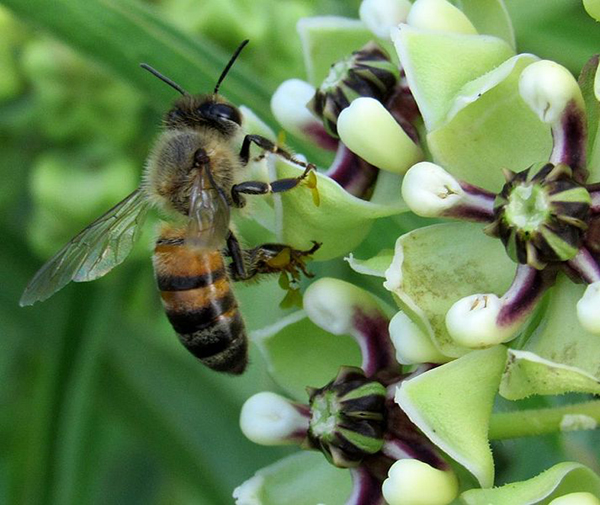- South Texas Students Meet Accordion Music Icons Los Tigres Del Norte In Edinburg Thanks To Khs America/Hohner Alianza Académica Initiative
- Fragile Planet Offers a Nighttime Wildlife Experience
- Falcons Soccer Off & Running
- Cameron County Receives Funds to Improve Two Parks
- Falcons Complete First Half of 32-6A
- School District to Help out Victims of California Wildfires
- Sand Castle Days Continued Despite Unexpected Weather
- Ready for District
- Discussion of Garbage Dumpster Rates, Agreements Between State & City on Highway Regulations, and More
- 31st Annual Shrimp Cook-Off is Right Around the Corner
Botanists Leap Into the Digital Age
- Updated: June 8, 2015
by Eric Galatas/TNS
AUSTIN, Texas – If you’ve ever looked at a plant and wondered how it fits into the ecosystem, well, now there’s an app for that. The Botanical Research Institute of Texas, the international award-winning non-profit based in Fort Worth, has created a new digital tool to promote conservation and learning.
The institute’s special projects coordinator Zoey Gossett says the app is great for amateur botanists, teachers and students. She says it’s ideally suited to help sparks a kid’s natural curiosity and to get them outside.
“The younger generation loves technology, and so what better way to engage them than having a application tool that they can use on hand, look at a plant, and learn about the anatomy of the plant while they’re doing that,” she says.

The Botanical Research Institute of Texas has released a plant identification app for the Fort Worth Prairie Region called “Flora of Texas.” Photo: LevyRat/Wikimedia Commons.
The app includes a user-friendly key to help identify plants quickly based on common features. It also comes with a glossary, links to information about plant families, and color photographs of live plants.
Gossett says the project focuses on the north Texas region because it’s a unique, often undervalued ecosystem that’s also home to a very large population of people.
The Botanical Research Institute hopes the new digital tool will help foster an appreciation for the natural beauty of the Fort Worth prairie and its plants, and increase awareness of how the prairie connects to Texans’ daily lives.
“They provide oxygen,” says Gossett. “They provide food for insects that in themselves pollinate the plant to provide food for us.”
Gossett reasons the more you learn about how plants and humans work together, the easier it is to make more environmentally conscientious decisions in your own back yard.
The app comes with images, technical descriptions, and information on the relationship between plants and people. It includes more than 300 plants from across the Fort Worth prairie and parts of the Western Cross Timbers.
